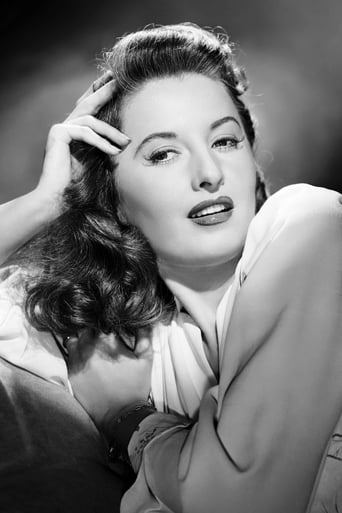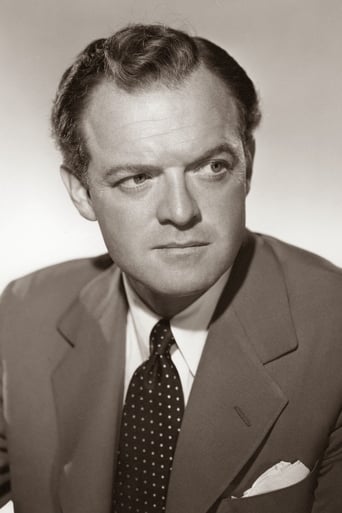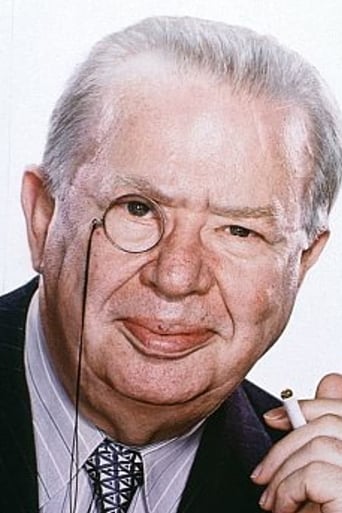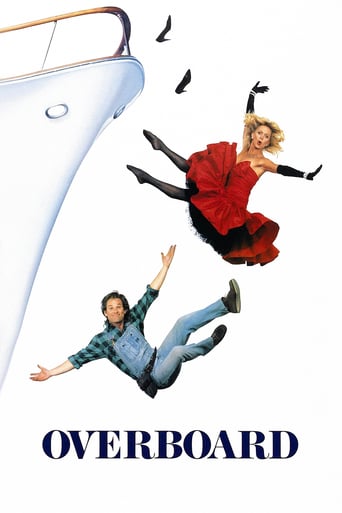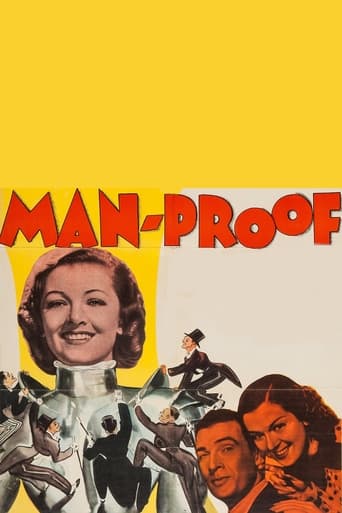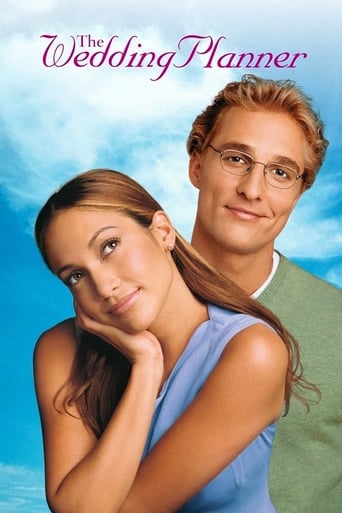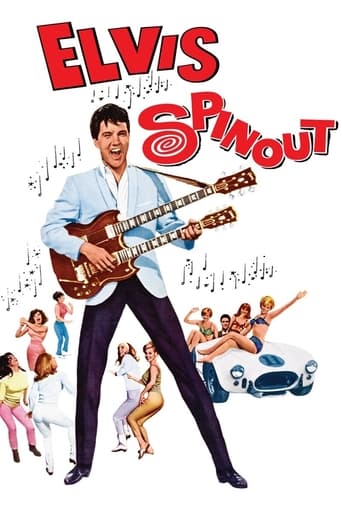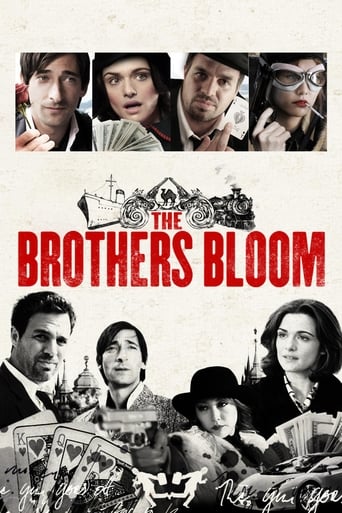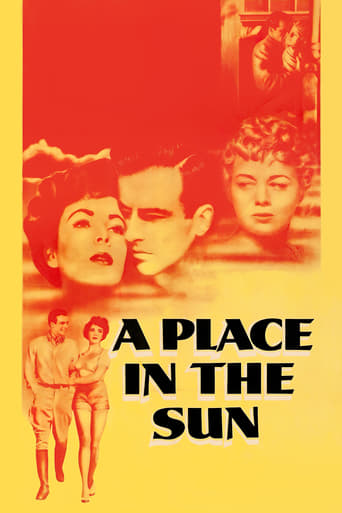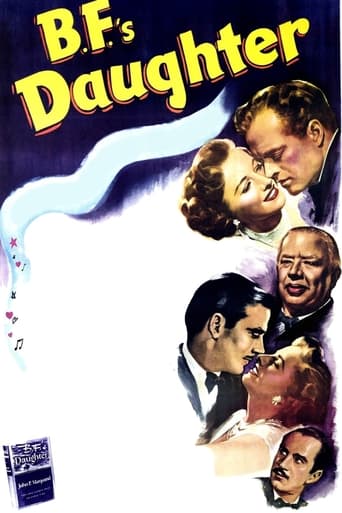

B.F.'s Daughter (1948)
Wealthy Polly Fulton marries a progressive scholar whose attitudes toward capitalism and acquired wealth puts their marriage in jeopardy.
Watch Trailer
Cast


Similar titles
Reviews
Touches You
People are voting emotionally.
It’s fine. It's literally the definition of a fine movie. You’ve seen it before, you know every beat and outcome before the characters even do. Only question is how much escapism you’re looking for.
The film never slows down or bores, plunging from one harrowing sequence to the next.
In 1932, the Great Depression has most Americans sewing buttons on ragged clothing. Lucky to escape financial ruin is blustery nouveau riche capitalist Charles Coburn (as Burton "B.F." Fulton). His money never stops flowing, which keeps young Park Avenue socialite daughter Barbara Stanwyck (as Pauline "Polly" Fulton) dripping in fur and jewels. Daddy's little girl ditches her attorney boyfriend when she meets apparently poverty-stricken professor Van Heflin (as Thomas "Tom" W. Brett). They have a whirlwind romance and run away to Minnesota, but Ms. Stanwyck's wealth threatens her relationship with Mr. Heflin...This story features some interesting class concepts regarding the rich and the poor. Unfortunately, the characters are obtuse and the story artificial. Stanwyck and Heflin try and cry for director Robert Z. Leonard, but nobody gives "B.F.'s Daughter" any depth...Perversely, the phony costume designs received an "Academy Award" nomination. We are boldly told the story begins in 1932, but Stanwyck is decked out in contemporary fashion. Heflin has a big tear in his vest and Keenan Wynn shows his lowly status with a silly, misshapen hat. There are no real "poor" on screen. Since Heflin is assistant professor of economics at Columbia University and Mr. Wynn's character has his own radio talk show, we can assume they are doing better than most. Romantic entanglements seem barely past an adolescent level. Still, the sets look nice and everything is photographed well, by Joseph Ruttenberg.**** B.F.'s Daughter (3/24/48) Robert Z. Leonard ~ Barbara Stanwyck, Van Heflin, Charles Coburn, Keenan Wynn
It may be that my nine-star rating is reactionary. I added one extra star because I thought the six that were displayed was at least one too few.) And it may be that the apparent custom of poo-pooing this movie has resulted from the government authorities of the time - or even the present - and their sympathizers, finding industialist B. F. Fulton's after dinner speech about being confined to a two-by-four room, treated like a schoolboy and "told how to run my own business" a bit over the top.Both B. F. Fulton, played by Charles Coburn, and his daughter Polly, played by Barbara Stanwyck, along with Polly's mother, represent the rich American industrial class in this film, and are drawn far more sympathetically than members of the opposing, intellectual/moralist camp. The moralist male hero of this love-story-with-timely-political-interest (which has been ineptly described as a soap opera) is no exception, as he frequently gets what he thinks are deficient moral standards of his opponents mixed up with just being a member of the opposing camp, and tends to solve his arguments by turning tail and walking out once and for all (before returning) except once notably when Barbara tells him to stay put: so much for alleged female stereotypes.This may be the reason Van Heflin's performance is not so well liked - because of the personality problems of the character he portrays. His friend and cohort, played by Keenan Wynn, if anything, is worse, constantly making aspersions and predictions of high import about people that have no basis in fact on his radio program "There's one good thing though, he's only on 3 days a week," quips B. F. Fulton.) though he is more honest than Heflin's character, openly admitting at one point that he consciously uses his victims - with no regard for veracity of the claims he makes about them - for his own selfish ends.It doesn't seem there can be much argument that the characters of Polly and B. F. Fulton are not played with affection by the two celebrated actors. And that of B. F. Fulton is completely devoid of any visible selfish motive, a wholly good egg. Stanwyck has curtailed her sassier, blacker side to make way for the by-birth-and-training more milque-toasty ingenue, and does so consistently. And she's good too, one slip - a request by this aristocrat with a conscious made early in the film that a friend of her jilted erstwhile fiancé engage himself in insider trading - notwithstanding: this apparently to be interpreted as an uncharacteristic youthful indiscretion.For the most part, the three Fulton family characters represent the epitome of noble goodness and we are taken in when Fulton senior soliloquizes the vanishing of his own breed during his last appearance. According to other reviewers here, the movie uses lines from an original J. P. Marquand novel, and the many sometimes ironic and clever turns of phrase help to ingratiate these characters, increasing the high level of believability and naturalness.Even the scenery and music seem to be something special. (No credit is given for the music in the version I saw.) From the play of the morning light in the Fultons' Park Avenue apartment, as the little blacksmith of their whimsical parlor clock hammers out the chimes of the hour, to the unflattering contrast of oppressiveness in the heavily draped and damasked dining compartment of Polly's formal custom built mansion... From the creepily groaning nonharmonic tones derivative of Wagner's Im Treibhaus, to the more exaltant reminiscence of Tristan und Isolde (for which the former was a study) heard later on - and of course the score no doubt has more to distinguish it than these often alluded to war horses of movie music genre - special care has been taken.
The original book about a tycoon's daughter marrying a left-wing economist was one of John P. Marquand's less cheerful novels. The plot had the economist taking a high-ranking civilian job in World War II while his one-time "establishment" rival joined the military and was given a dangerous assignment. Some critics attacked the book as a smack at liberals' love of country, while its defenders saw it as an antidote to wartime stories that celebrated the "common man" as the only true patriot. The movie glides over all that serious business, changing the class conflicts from serious issues to mere impediments to true love. While preserving a considerable number of the book's situations and even large chunks of its dialogue, the movie changes everything that's important, turning the couple's serious marital problems into simple misunderstandings. The result is a mostly dull romance, with Heflin and Stanwyck showing little chemistry. It would have been better if the filmmakers had gone further and turned the story into a comedy.
Glossy, slow-moving and inconsistent soap opera with heiress (Stanwyck) marrying college professor (Heflin), but they realize their true love for each other years later. Performances are good, except Heflin, who seems out of place. Also, the script is a mess, to say the least. *1/2 out of **** for this one.


